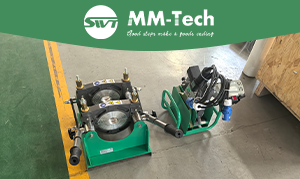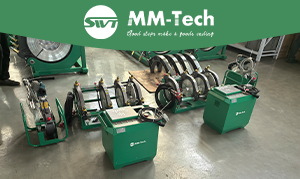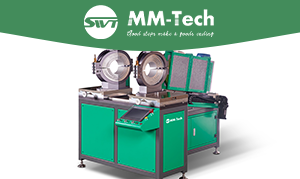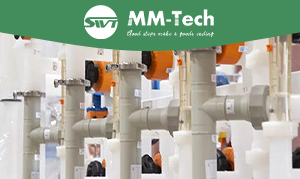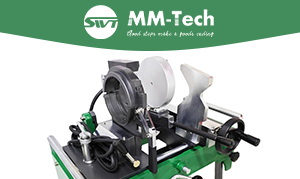Floating net cages are a new type of marine aquaculture system equipment, usually deployed in tidal waters with a water depth of less than 15 meters. They mainly consist of a frame system, net panels, mooring system, and auxiliary facilities.
Floating net cages have numerous advantages: they do not corrode or decay due to electrolysis, and since algae, bacteria, or multicellular organisms cannot adhere to the pipes, there is no risk of material degradation. Additionally, they feature a robust structure, strong resistance to wind and waves, and a long service life. Over the past decade, with the development of marine fisheries and aquaculture, they have been rapidly promoted and applied.
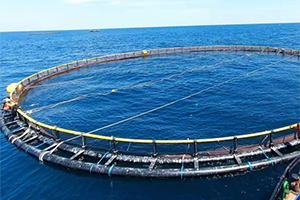
Composition of the HDPE Floating Fish Cage Frame
Fish cages are made of high-density polyethylene (HDPE), which exhibits excellent heat resistance, chemical stability, and mechanical properties. The frame module includes floating pipes, risers, handrail pipes, supports, and accessories.
Floating Pipes: These are the core components of the cage. A complete fish cage consists of two floating pipes, which can be filled with foam to enhance buoyancy.
Handrail Pipes: Positioned higher than the floating pipes and water surface, they allow anglers to hold onto during feeding or fishing activities.
Supports: Typically installed at intervals of 2 meters, they are the main structural supports of the fish cage. Common types include L-shaped supports, triangular supports, single-hole supports, and double-hole supports, each with distinct characteristics and advantages.
Walkway Decks: Equipped for easier feeding or fishing; they can also be replaced with wooden boards and are not essential components of the cage.
Pipes for Walkway Decks: Both the supports and walkway decks have two small holes each. Two small pipes can connect the supports and walkway decks to enhance structural stability.
Secondary Pipes: Improve the overall stability of the fish cage.
Foam Inside Floating Pipes: Usually, only the internal floating pipes are filled with foam to increase buoyancy.
Pins: Connect handrail pipes to supports, and supports to floating pipes.
Stops: Installed on both sides of the supports to provide a swinging space for the supports. When affected by storms and ocean currents, this small amount of space for support movement endows the fish cage with greater flexibility and a longer service life.
Advantages of HDPE Pipes and Fittings for Fish Aquaculture
- High strength
- Excellent flexibility
- Corrosion resistance
- Carbon black and antioxidants added to the raw materials, providing good UV resistance and oxidation resistance
- Strong wind and wave resistance
- Long service life
- Sufficient aquaculture capacity, high efficiency, and low comprehensive cost
- Minimal aquaculture water pollution, high water quality, superior fish product quality, good economic benefits, and high profits
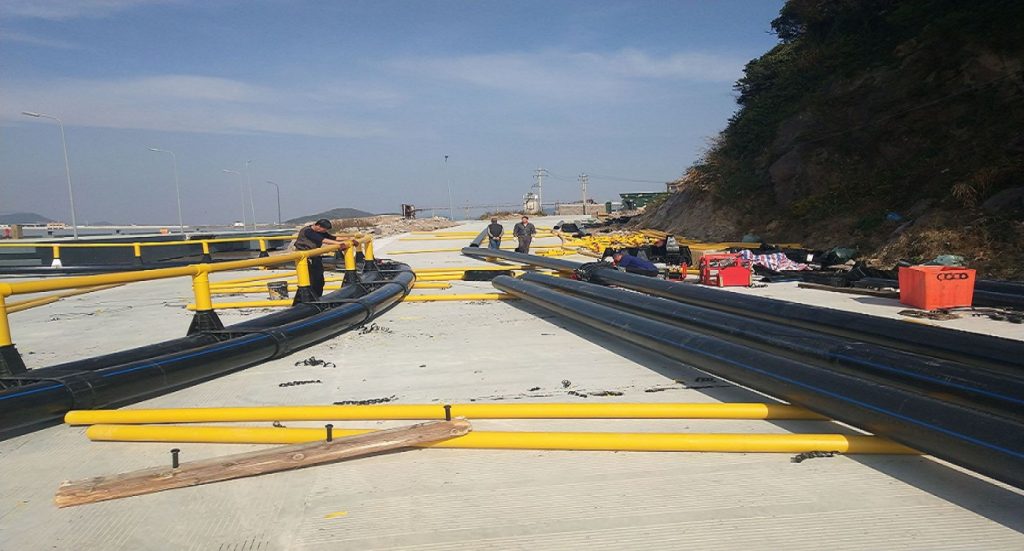
Welding Tools Required for Manufacturing HDPE Floating Fish Cages
Butt Fusion Welding Machine: A commonly used device for HDPE pipe welding. It heats the ends of two HDPE pipes to a specific temperature and then applies a certain pressure to fuse them together, forming a strong joint.
Electrofusion Welding Machine: This machine uses embedded heating elements inside electrofusion fittings. By passing an electric current through the heating elements, it generates heat to melt the connecting parts of the pipes and fittings, achieving welding.
Extrusion Welding Gun: A welding tool that heats and melts thermoplastic welding rods, extrudes the molten material, and simultaneously heats the plastic base material at the welding joint to fuse the two together. It is suitable for welding thick HDPE sheets and, in the manufacturing of HDPE floating fish cages, can be used for welding parts such as the cage body.
Hot Air Gun: A tool that blows high-temperature hot air to soften the surface of HDPE materials, enabling welding or repair. It features flexible operation and portability, and is often used for welding small or irregular parts, as well as on-site repairs of HDPE floating fish cages.
HDPE pipe systems are the most advanced and reliable solution in the field of aquaculture and fish farming infrastructure. Their corrosion resistance, flexibility under dynamic marine conditions, and seamless welding capability ensure safe, efficient, and long-lasting operation in both onshore and offshore environments.
As the global demand for sustainable seafood production continues to grow, aquaculture enterprises must rely on infrastructure that can withstand pressure and operate efficiently. HDPE not only meets these expectations but also outperforms traditional materials in terms of durability, environmental performance, and cost-effectiveness.
Choosing reliable welding equipment is also crucial. MM-Tech provides one-stop project solutions, and selecting MM-Tech offers solid support for the production of high-quality HDPE floating fish cages.
MM-Tech is the ideal equipment partner for HDPE fish cage manufacturing.


